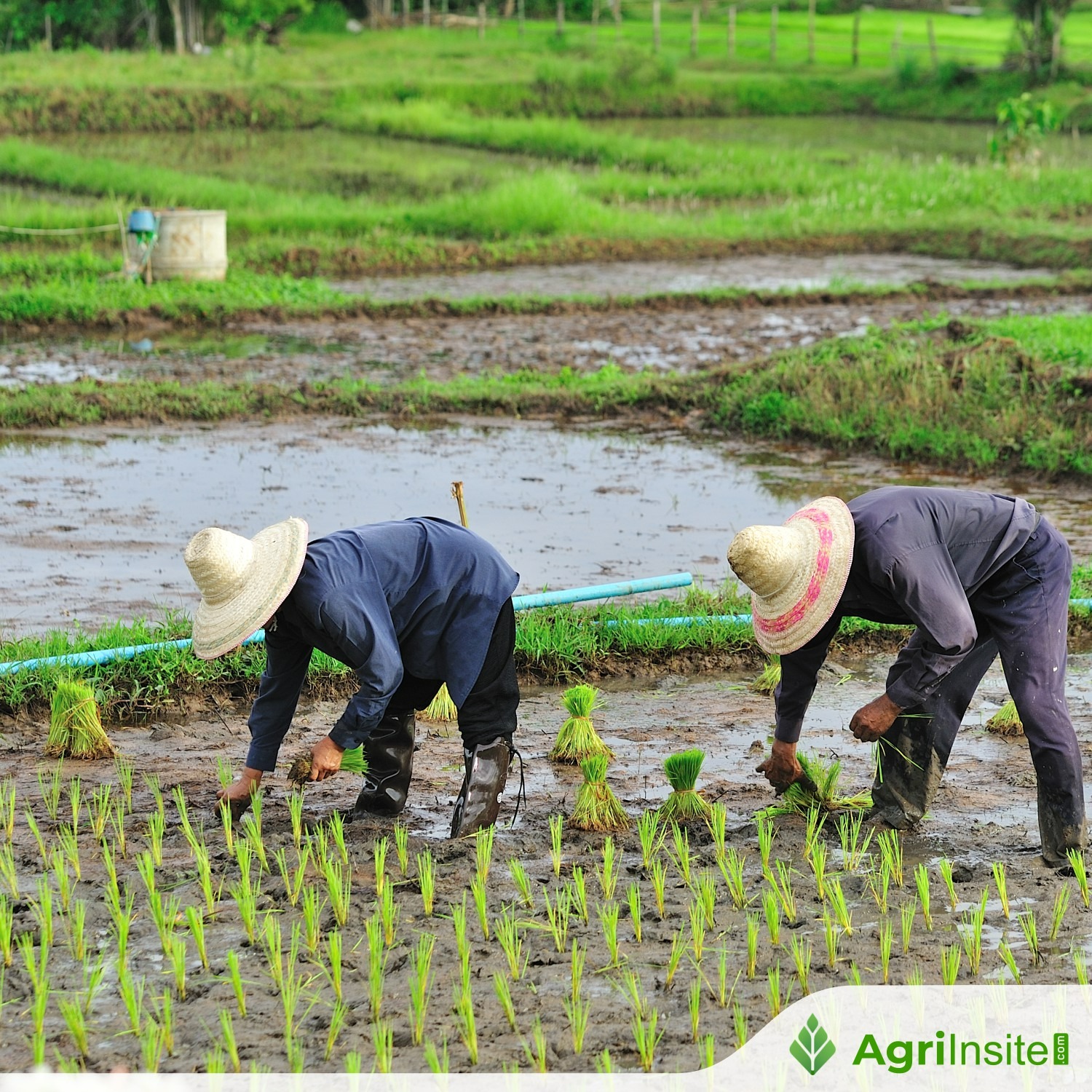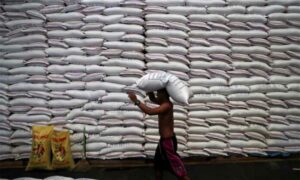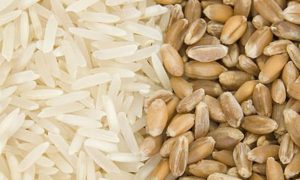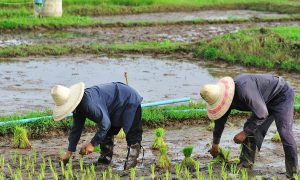Editorial: Japan needs strategy for stable rice supply as it shifts to boost production

Japan is shifting farm policy to boost rice output, as Prime Minister Shigeru Ishiba urges stable supply measures amid shortages and rising prices. Plans include production scale expansion, digitalization, and export growth. Policymakers must balance preventing overproduction, supporting aging farmers, and improving data accuracy while ensuring food security and farm succession.
The Japanese government is shifting its agricultural policy to increase rice production, as recently instructed by Prime Minister Shigeru Ishiba to attendees at a meeting of Cabinet ministers concerned. The challenge lies in formulating a strategy to ensure a stable supply of this staple in the future.
The government aims to enhance productivity through production scale expansion and digitalization, while also boosting exports.
This shift is driven by the rice shortage and soaring prices experienced since last year. The Ministry of Agriculture, Forestry and Fisheries analyzed the causes and reportedly found that consumption expanded beyond expectations, in part due to demand from inbound visitors, while the intense summer heat led to a decline in crop quality, resulting in insufficient supply. The previous explanation, which blamed “distribution bottlenecks” as the main cause, was incorrect.
The government had passively accepted the assumption that consumption would continue to decline and failed to adequately grasp the realities of production and distribution. The failure of the “de facto acreage reduction policy,” which aimed to curb production according to demand forecasts, is evident. The agriculture ministry and the ruling Liberal Democratic Party (LDP) bear grave responsibility for this.
However, simply issuing directives will not improve the situation. Due to the aging population, there have been concerns about a shortage of farming successors, while the risk of a decline in crop quality due to climate change is becoming apparent. It is time to support motivated producers and strengthen the foundations.
On the other hand, overproduction could lead to a price nosedive, putting pressure on the management of farmers. It would be practical to review production adjustments in steps.
Support measures for producers to prepare for rice price falls are also essential. The LDP proposes expanding income insurance to partially compensate for sales declines, while the Constitutional Democratic Party of Japan and the Democratic Party for the People suggest subsidies for farmers based on cultivated area.
One question is whether support should be concentrated on large-scale farmers, or be distributed more broadly? The issues are diverse and will influence the future of Japanese agriculture. Detailed discussion in the Diet is necessary.
There must be greater freedom in farm management. Options can include expanding production scale or broadening sales channels by promoting improved taste and organic cultivation.
The government should support this by improving the accuracy of production-related statistics and strengthening policies to promote farmland consolidation. Local governments and agricultural organizations should collaborate to devise strategies to bolster regional agriculture.
The market’s role is also crucial. Expanding trading in anticipation of future prices would make it easier for farmers to work out an outlook.
Rice, a self-sufficient crop in Japan, is a cornerstone of food security. Drawing lessons from the rice crisis of the current Reiwa era (2019-), visions for securing farming successors and maintaining cultivated land must be painted.
To Read more about Rice News continue reading Agriinsite.com
Source : The Mainichi














